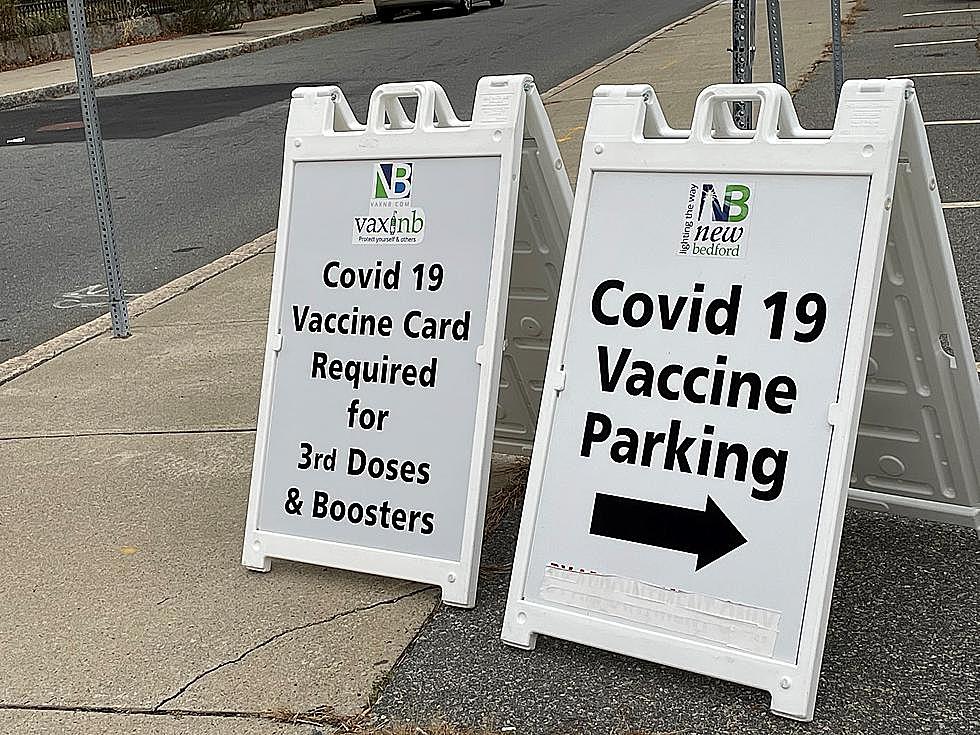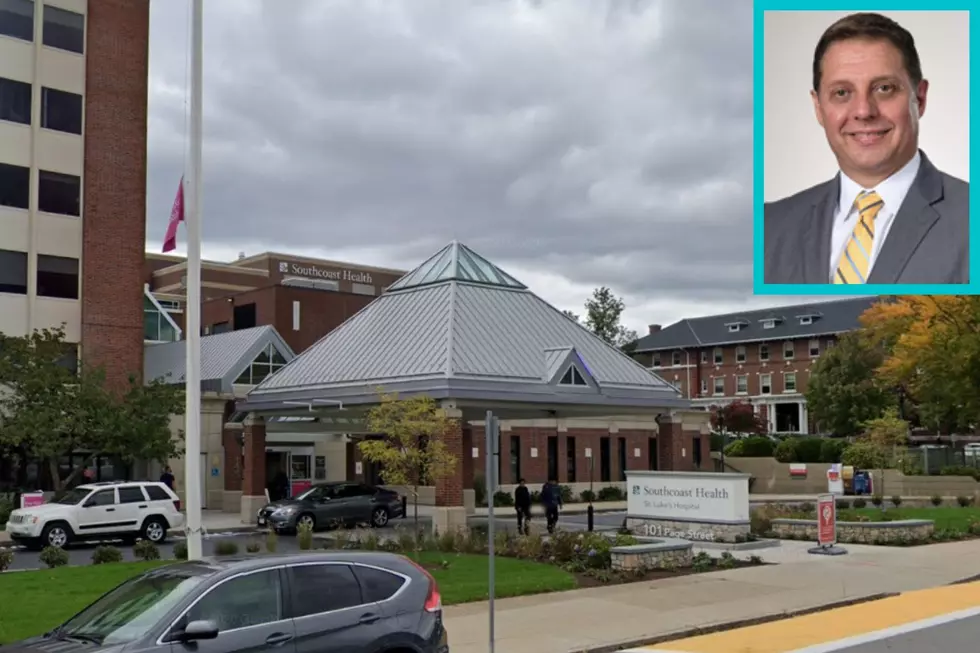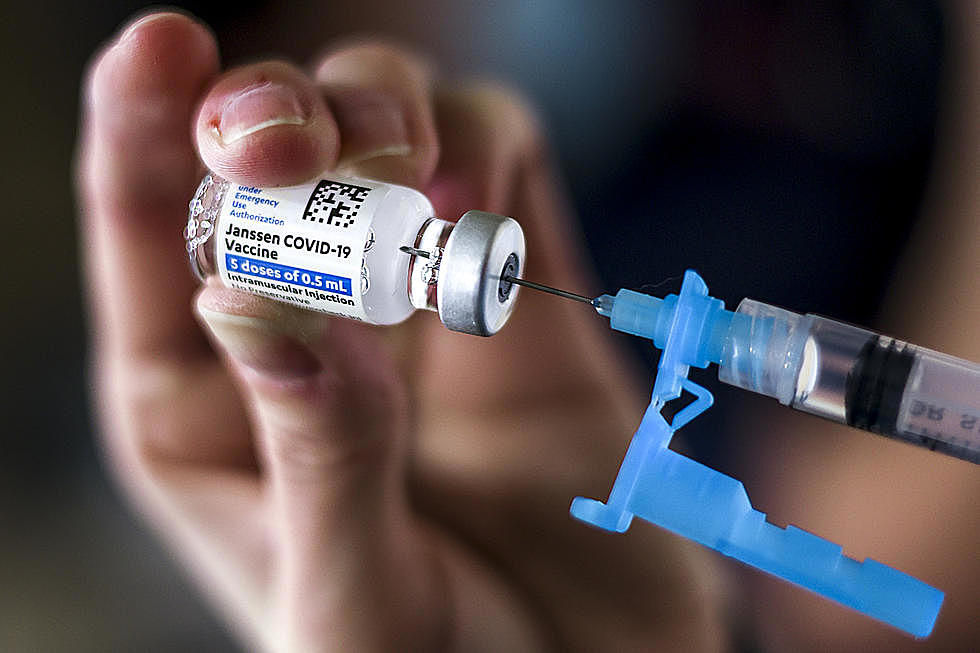![New York Hospital Bed Shortage Due to ACA and Cuomo [OPINION]](http://townsquare.media/site/518/files/2020/03/GettyImages-1208407395.jpg?w=980&q=75)
New York Hospital Bed Shortage Due to ACA and Cuomo [OPINION]
In 2014, New York Governor Andrew Cuomo expanded Medicaid for his state but the payment to hospitals was required to be timely and full, not late and partial payments made by the state government. Instead, the billing issues went on for many months and then years.
Medicaid is funded by the federal government and by each state. The federal government pays states a portion of program expenditures called the Federal Medical Assistance Percentage (FMAP).
Each state has its own FMAP based on per capita income and other criteria. New York's FMAP percentage is 50 percent.
Sluggish, partial and slow response to the growing pile of Medicaid-related bills submitted to the state by the hospitals since 2000 forced the closure of 20 hospitals in New York City alone and sped up exponentially since the 2014 changes.
New York State’s Medicaid costs have skyrocketed, forcing Gov. Cuomo to slash the program’s expenses by $1.5 billion before the end of the fiscal year that ends March 31 of this year. Experts are promising that this will result in the closure of many nursing homes, deeply affecting the care of the elderly, and will put thousands out of work.
The reduction represents only seven percent of the $24 billion the state spends on Medicaid today. New York’s’ total Medicaid budget is $77 billion when factoring in federal funding.
The Democrats and their liberal media once attempted to reverse the problem and suggest that hospitals (mostly rural ones) who refused to comply with the Medicaid expansion option known as Obamacare suffered the most – but today, the consequences of accepting the expansion are catastrophic.
In New York City, the COVID-19 pandemic is in concentrated levels and now the same governor is demanding that the Army Corps. of Engineers convert large arenas and college dorms into makeshift hospitals to deal with the coming wave of patients and the lack of hospitals and their beds – hospitals closed by his decision just six years ago which caused them to go bankrupt.
New York City also saw the steep incline to costs over the Obamacare Medicaid expansions. The city's contribution obligation went from $359 million in 2009 when the ACA passed to $1.7 billion in 2019. New York City's hospitals and healthcare were operating at a negative $3 billion a year in 2015-2017.
It is expected by the city's Office of Budget Management to cost $2.3 billion in 2023.
New York State's Medicaid budget went from $22 billion in 2000 to $44 billion in 2012 to $64 billion in 2016 and today now has a budget of $77 billion.
Good thing those Democrats under President Obama passed the bill before they knew what was inside of it, eh?
So the hospitals and their beds were there in New York before the Democrats "improved" healthcare in 2009. They were there before Governor Cuomo took over in 2011 and expanded Medicaid in 2014.
There were 73,931 licensed hospital beds in the year 2000 in New York City when 8.01 million people lived there. Today, there are 53,000 for a population of 8.40 million.
The hospitals and precious beds just couldn't survive the math that Republicans knew but Cuomo didn't – until he had to make a real budget work.
The New York state legislature isn't off the hook here, either. They are the ones who voted to reduce New York City's obligations in the equation, phasing out a lot of it by 2015. Sure it made it easier on the ones who used it most, but appeasing taxpayer's obligations here and adding it there is no fix.
Twenty NYC hospitals are the casualties here and now, it may make the difference for countless lives as the pandemic of the century strikes the Empire State.
Under the Supreme Court’s decision in National Federation of Independent Business v. Sebelius, this coverage expansion cannot be made compulsory and the decision on whether to adopt it is decided by the states.
Aside from that, because of the expansion, Medicaid dropped in costs per patient in New York, going from $13,000 in 2000 to $9,000 in 2019. Insurance coverage has worsened.
Even while facing the pandemic on January 31 of this year, Governor Cuomo was still seeking to cut the state's Medicaid budget by 10 percent, or $2.5 billion.
In his defense, the decision he made to buy into tirelessly increasing healthcare costs has adversely affected his ability to fund other areas of government in his budget. He has no choice but to seek the cuts, worsen coverage or lower other governmental services statewide.
I'm betting Cuomo never heeded to warnings by healthcare experts to plan in his budget for a pandemic like this. I mean, for example, he did turn down an opportunity to purchase 16,000 ventilators for the state in 2016. It was a cost of over $500 million, but that is only 0.5 percent of the budget. He instead steered those funds toward pushing wind and green energy rebates.
Ken Pittman is the host of The Ken Pittman Show on 1420 WBSM New Bedford. He can be heard Saturdays from 9 a.m. to noon. Contact him at ken.pittman@

More From WBSM-AM/AM 1420

![New Bedford Community Health Center CEO Gives COVID Update [TOWNSQUARE SUNDAY]](http://townsquare.media/site/518/files/2020/03/outbreak-coronavirus-world-1024x506px.jpg?w=980&q=75)
![How New Bedford Should Handle the Rise in COVID Cases [TOWNSQUARE SUNDAY]](http://townsquare.media/site/518/files/2020/06/GettyImages-1215276619.jpg?w=980&q=75)






